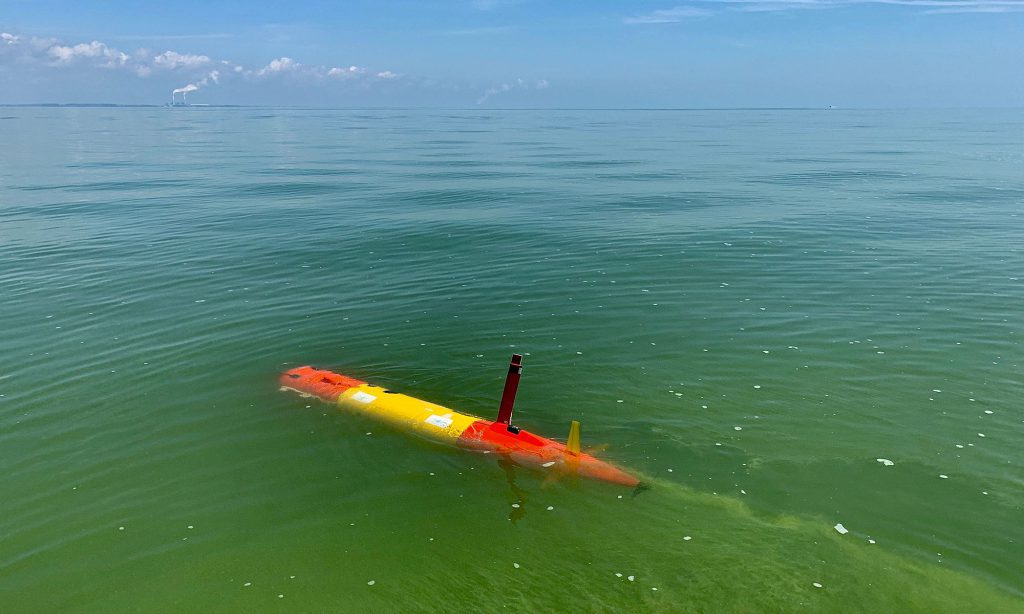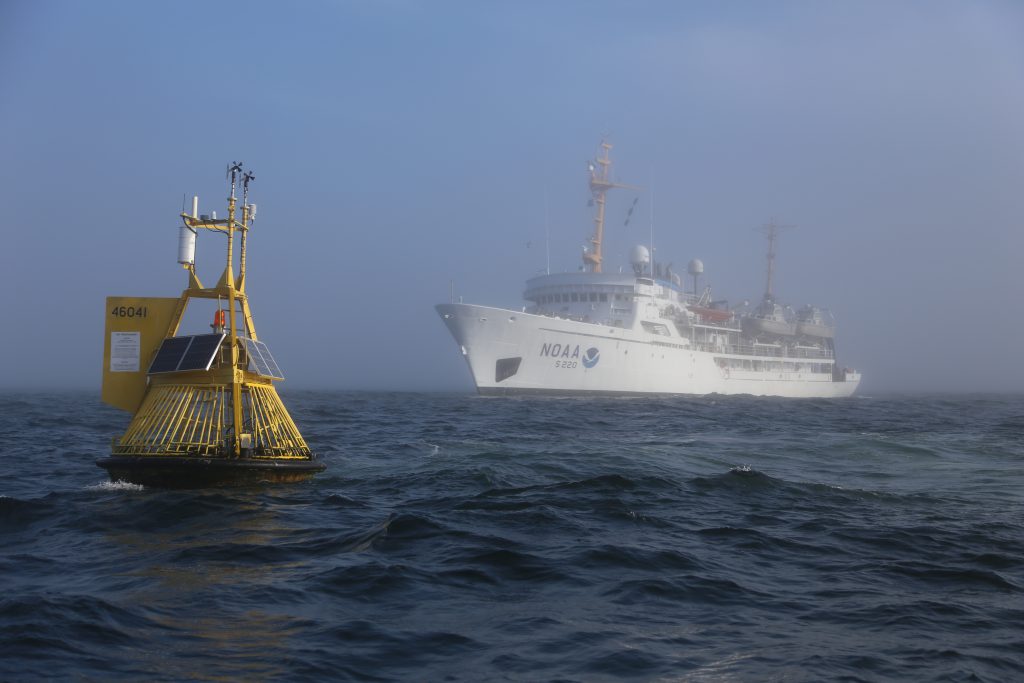NOAA Invests in Harmful Algal Bloom and Ocean Acidification Research
NOAA invests $18.9M in a coordinated effort to maximize advances in harmful algal bloom (HAB) mitigation, monitoring and forecasting. Four of new research awards support ($1.5M) funded in partnership by NOAA’s National Centers for Coastal Ocean Science (NCCOS) and NOAA’s Ocean Acidification program will determine interactive effects of HABs and ocean acidification. Other projects supported through this effort will establish a U.S. Harmful Algal Bloom Control Incubator, enhance detection of HAB toxins and improve forecasts and investigate the socioeconomic impacts of HABs. Read more
Project Highlights
University of Michigan, University of Minnesota Duluth, Oberlin College, University of Kentucky, and University of Toledo received $281,975 to improve our understanding of the synergistic impacts of acidification, temperature, total alkalinity, and nutrients on toxic cyanobacteria harmful algal blooms in the Great Lakes.
Woods Hole Oceanographic Institute, Bowdoin College, and NERACOOS received $499,999 to address gaps in understanding relationships between harmful algal bloom behavior and ocean acidification in the northeast Atlantic, especially where it is associated with coastal eutrophication and hypoxia.
Stony Brook University, Adelphi University, and St. Joseph’s College received $364,265 to establish a comprehensive understanding of how three of the most prominent HABs on the US east coast respond to ocean acidification, and how their co-occurrence will economically impact fisheries and shellfisheries.
Northwest Indian College, San Francisco State University, and University of Washington received $355,281 to understand the current relationships between ocean acidification and harmful algal bloom interactions in the Salish Sea, and to quantify how ocean acidification influences growth and toxicity.
![]() Autonomous glider collects information to track harmful algal blooms and water quality. Credit: Ben Yair Raanan, MBARI
Autonomous glider collects information to track harmful algal blooms and water quality. Credit: Ben Yair Raanan, MBARI
NOAA Invests in Harmful Algal Bloom and Ocean Acidification Research Read More »




